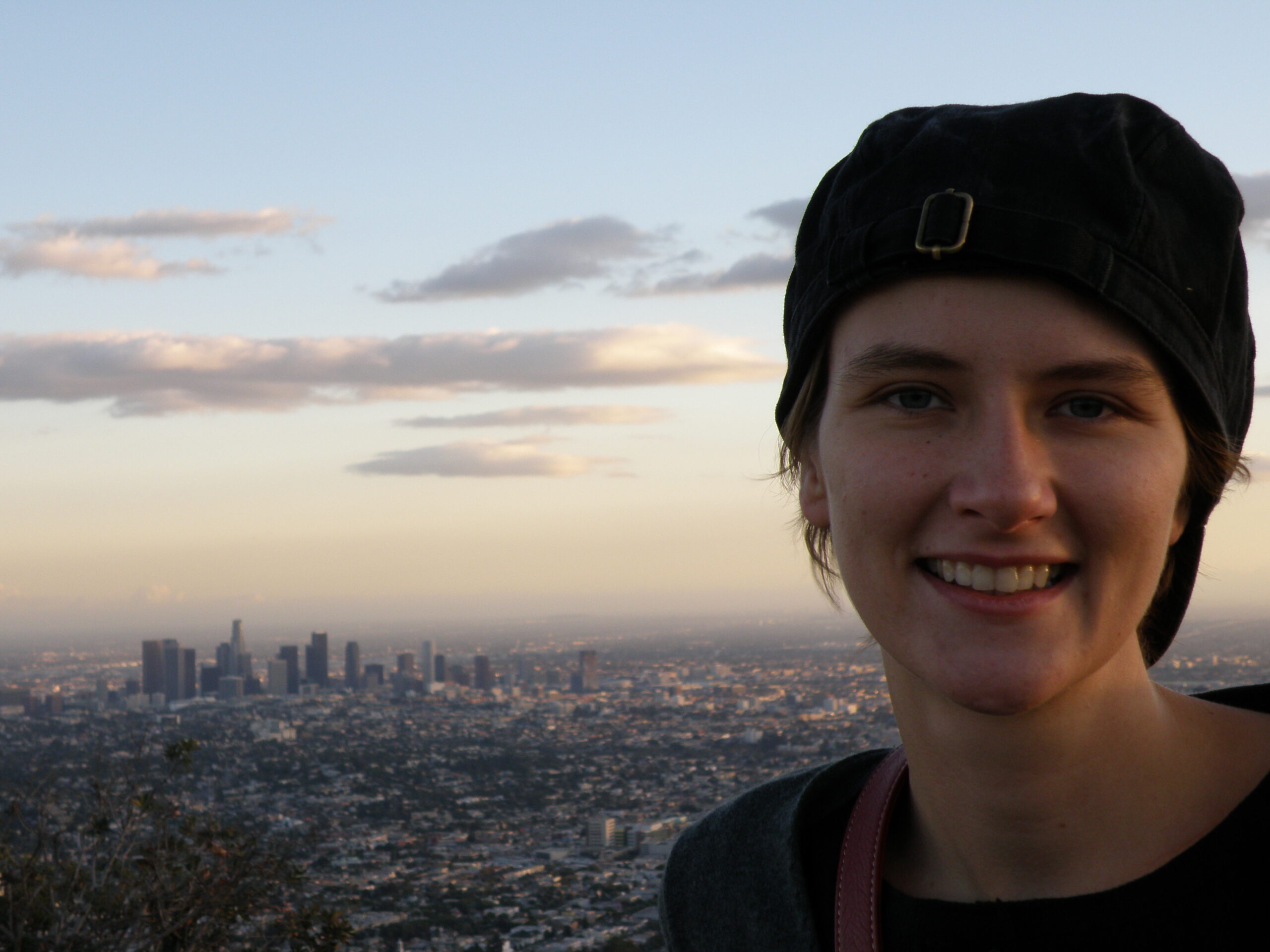Matylda Szewczyk
VR: New Experience of Reality. An Attempt at Recording.
The history of culture, of the social functioning and impact of assorted images, is filled with descriptions of new media experiences: the sense of immersion in a battlefield landscape experienced by visitors to a 19th-century panorama, through to a sense of shock at an approaching train during early film screenings. All have become a basis for legends of the magic of the “first experience”, inaccessible to successive recipient and user generations. The tale of changes to the perception of non-media reality spawned by aforementioned experiences is equally interesting to that of impressions of early recipients of new image types. Upon exiting a cinema, the world is no longer as it used to be before we had entered. It has also changed ever since we have gained the capacity for recording it in photographs; people have most certainly altered their self-perception from the time when childhood photograph albums holiday snapshots were things unknown.
When it comes to assorted VR interfaces, we have found ourselves in rather fortunate circumstances; we are privy to the becoming of subsequent VR realisations and types of media technologies serving the purpose of evolving “virtual occurrences”; to personal exposure to “new media” experiences; and to ponderings on what we have just undergone and sensed.
On the other hand, the VR legend often as not precedes personal experience. The majority of culture participants have read about virtual reality or seen it on film before having had the opportunity of experiencing attempts at designing and delivering it in practice. Consequently, one would be hard-pressed to approach assorted types of actual VR realisations free of any expectations or bias. That, however, is not necessarily a disadvantage, as long as we allow our imaginings and expectations to become part of the experience rather than a barrier separating us from it.
In the course of the workshop, we will explore “virtual experience” as a new form of media exposure. We will try and describe its specificity with regard to individual users and broader cultural context, making it part of a more extensive history of change introduced by “new” media emerging across the years. Last but not least, we will try and imagine how the world may change – in terms of self- and identity-focused perception, our relationships with others, physicality and nature – once the virtual reality experience has become a universal one.


